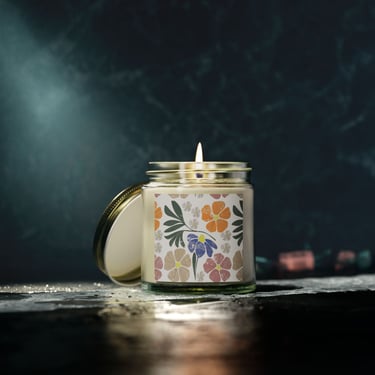10 Top Danish Christmas Recipes (How to cook Danish at Christmas)
As snowflakes dance outside my window and the soft glow of LED lights twinkle around our carefully decorated Christmas tree, I'm reminded why the Danish concept of hygge is so perfectly embodied during the holiday season. Christmas in Copenhagen isn't just a time of year—it's a sensory experience that revolves deeply around food, family, and the warmth of togetherness.
NUTRITION
Peter
12/5/202411 min read


A Taste of Christmas in Copenhagen (Julens Smagsoplevelser)
As snowflakes dance outside my window and the soft glow of LED lights twinkle around our carefully decorated Christmas tree, I'm reminded why the Danish concept of hygge is so perfectly embodied during the holiday season. Christmas in Copenhagen isn't just a time of year—it's a sensory experience that revolves deeply around food, family, and the warmth of togetherness.
Living in Denmark, I've learned that Christmas is as much about the meals we share as it is about the moments we create. From early December until the last days of the year, our home transforms into a culinary sanctuary, filled with aromas that speak of tradition, comfort, and love.
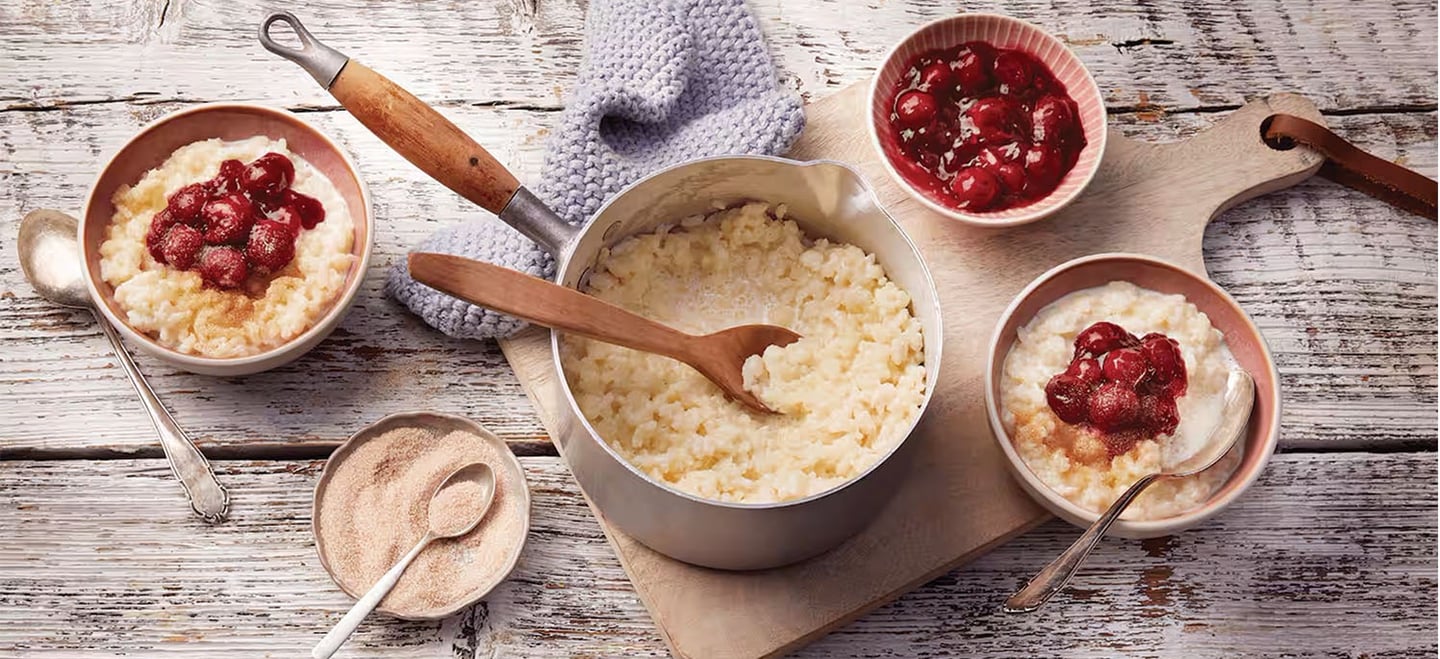

1. Risalamande: The Beloved Christmas Dessert
No Danish Christmas is complete without risalamande, a creamy rice pudding that's so much more than just a dessert. Traditionally, a whole almond is hidden in the pudding, and whoever finds it wins a special mandelgave (almond gift). As children, my siblings and I would meticulously examine each spoonful, our eyes sparkling with anticipation.
My mother would spend hours stirring the rice pudding, folding whipped cream and vanilla into the mixture, creating a dessert that was simultaneously simple and luxurious. We'd top it with warm cherry sauce, its deep red color contrasting beautifully with the pale, creamy pudding. The ritual of serving risalamande is as important as the dish itself—it's a moment of shared excitement and playful competition.
Recipe: (Christmas Rice Pudding)
Ingredients:
1 cup short-grain rice
4 cups whole milk
1/4 cup sugar
1 vanilla bean (or 1 tsp vanilla extract)
1 whole almond
1 cup whipped cream
Cherry sauce for serving
Instructions:
Cook rice in milk over low heat, stirring constantly until thick (about 45 minutes)
Cool the rice completely
Fold in whipped cream and sugar
Hide the whole almond in the mixture
Chill for at least 2 hours
Serve with warm cherry sauce
Watch for the lucky almond finder!
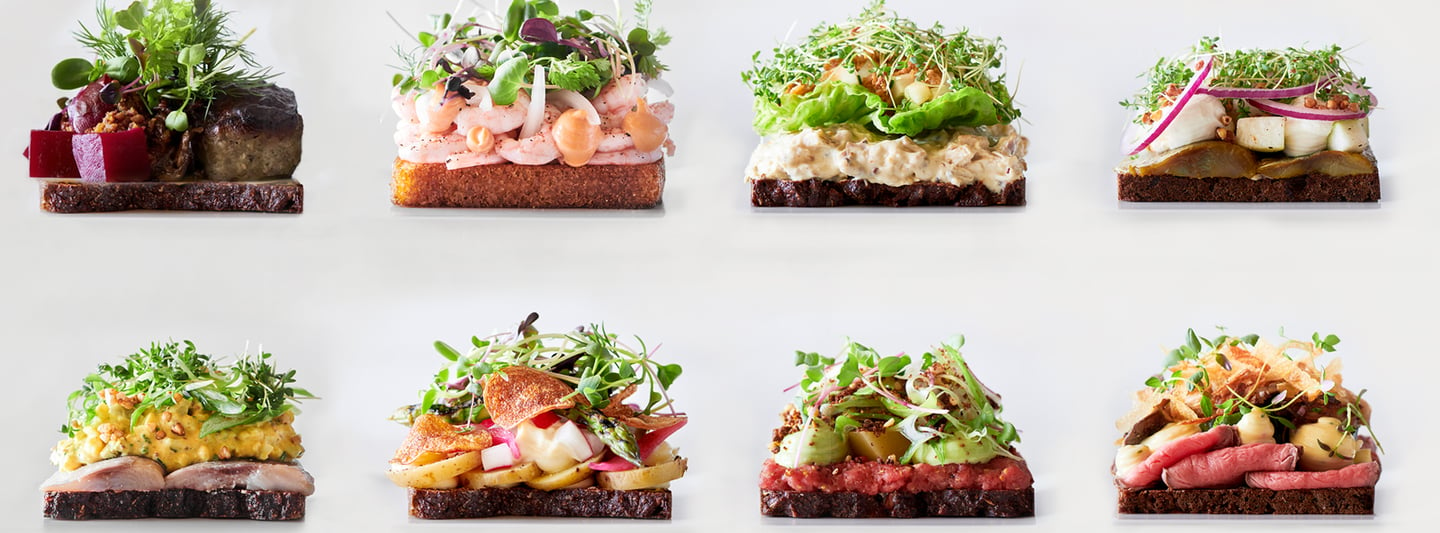

2. Julefrokost: The Legendary Christmas Lunch
Julefrokost isn't just a meal; it's an institution. These elaborate lunch gatherings typically happen multiple times during December, bringing together friends, family, and colleagues. Tables are laden with smørrebrød (traditional open-faced sandwiches), pickled herring, salmon, and an array of cold and warm dishes that seem to stretch endlessly.
My favorite part? The aquavit (a traditional Scandinavian spirit) that flows freely, accompanied by hearty laughter and traditional songs. Each julefrokost feels like a small celebration of life itself, a pause in the winter's darkness to appreciate the connection and culinary heritage.
For a recipe, check out our article: Top 5 Danish Smørrebrød and their Recipes
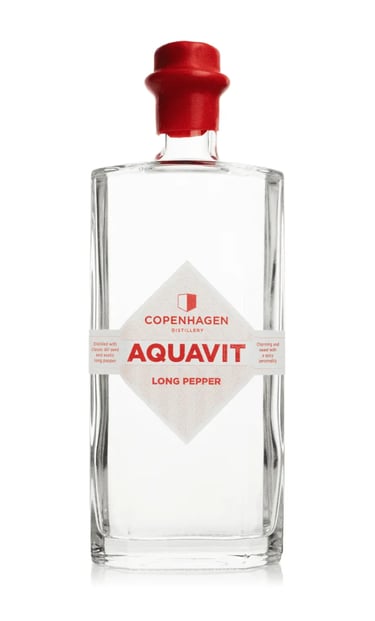

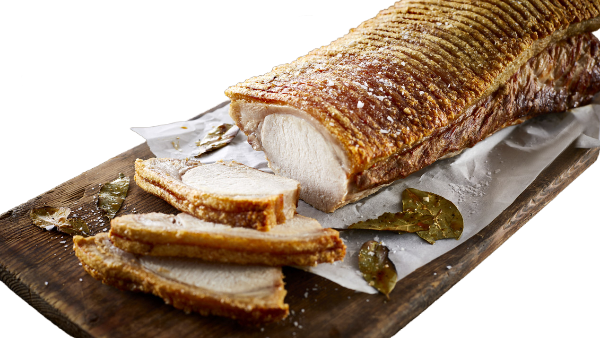

3. Flæskesteg: The Roast Pork Centerpiece
Christmas Eve dinner in Denmark revolves around flæskesteg—a roasted pork roast with the most gloriously crispy crackling. The preparation is an art form passed down through generations. My grandmother would score the fat in perfect diamond patterns, massaging salt and spices into the meat, ensuring a crackling that would make any Danish family proud.
Served with caramelized potatoes (brunede kartofler), red cabbage, and a rich gravy, flæskesteg represents the heart of Danish Christmas cuisine. The sound of crackling as the knife cuts through the crisp skin is music to our ears—a symphony of culinary tradition.
Recipe:
Ingredients:
4-5 lbs pork roast with rind
2 tbsp coarse salt
2 tbsp ground pepper
2 tbsp fennel seeds
1 cup water
Instructions:
Score the rind in diamond patterns
Rub salt, pepper, and fennel seeds into the meat
Place in roasting pan with water
Roast at 250 °C (475°F) for 30 minutes to crisp the skin
Reduce heat to 180 °C (350°F) and cook for 1-1.5 hours
Let rest 15 minutes before slicing
For a recipe, check out our article: The Ultimate Guide to: "The Taste of Denmark" (5 Popular Recipes and Hygge)
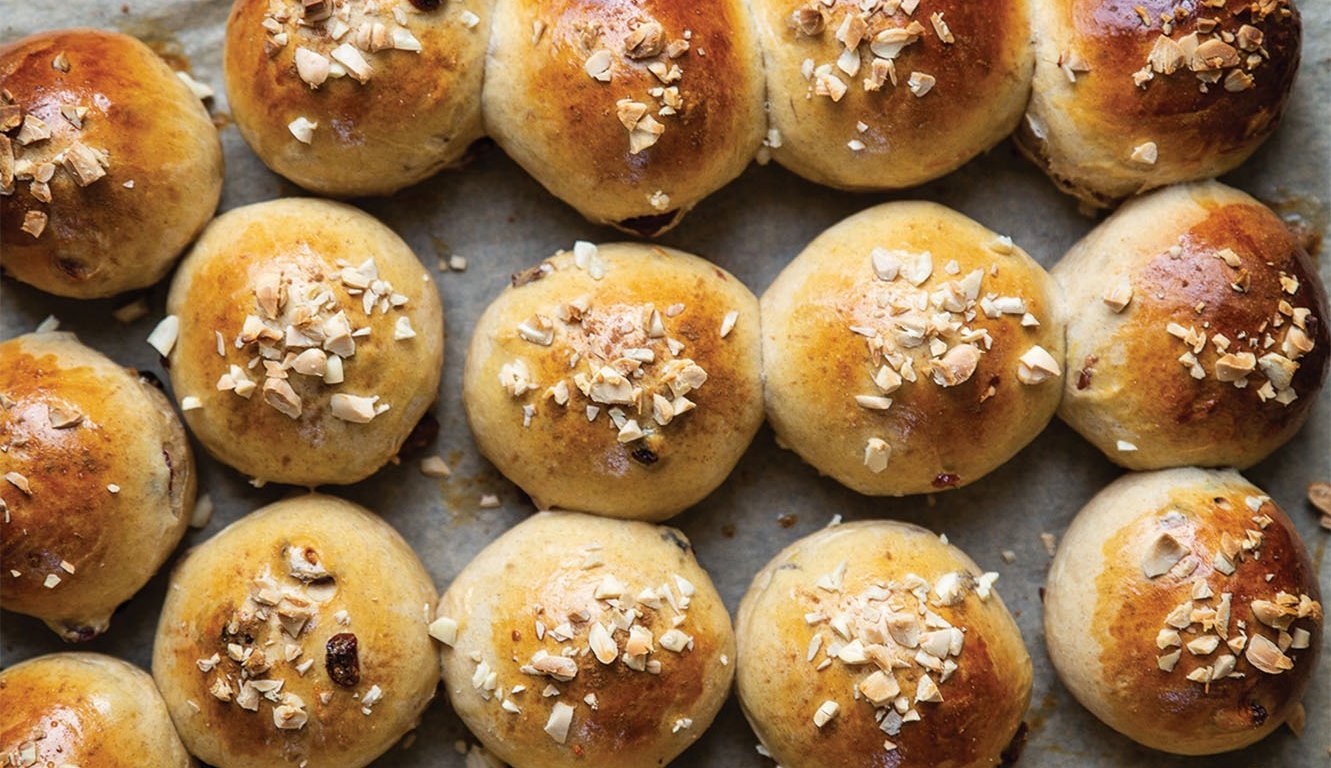

4. Juleboller: Festive Christmas Buns
As December approaches, bakeries and home kitchens fill with the aroma of juleboller—special Christmas buns often filled with marzipan, remonce (a sugar and butter mixture), or sometimes studded with candied fruits. My mother would wake up early, filling the kitchen with the yeasty fragrance of rising dough, transforming our home into a warm sanctuary against the cold Danish winter.
These aren't just pastries; they're edible memories, each bite telling a story of family gatherings and cherished traditions.
Recipe:
Ingredients:
4 cups flour
1 packet active dry yeast
1/4 cup sugar
1 cup warm milk
1/4 cup butter, melted
1 egg
Marzipan or remonce filling
Instructions:
Dissolve yeast in warm milk
Mix with flour, sugar, butter, and egg
Knead until smooth
Let rise for 1 hour
Shape into buns
Fill with marzipan or remonce
Bake at 190 °C (375°F) for 15-20 minutes until golden
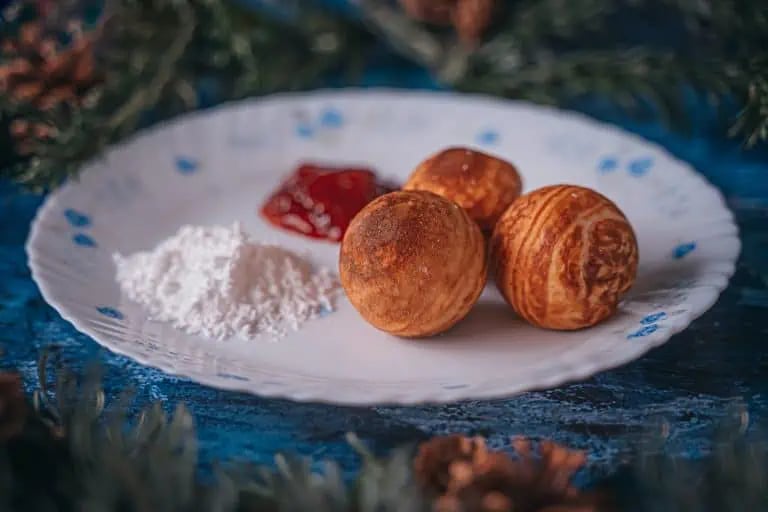

6. Æbleskiver: The Beloved Christmas Pancake Balls
Æbleskiver are more than just food—they're a beloved Christmas tradition. These round, puffy pancake-like balls are typically served with ribsgelé (red currant jelly) and dusted with powdered sugar. Cooked in a special cast-iron pan with hemispherical wells, making æbleskiver is an art that requires practice and patience.
During our julehygge evenings, we'd gather around the stove, taking turns carefully turning these delicate balls, ensuring they rose perfectly and developed a golden-brown exterior.
For a recipe, check out our article: The Ultimate Guide to: "The Taste of Denmark" (5 Popular Recipes and Hygge)
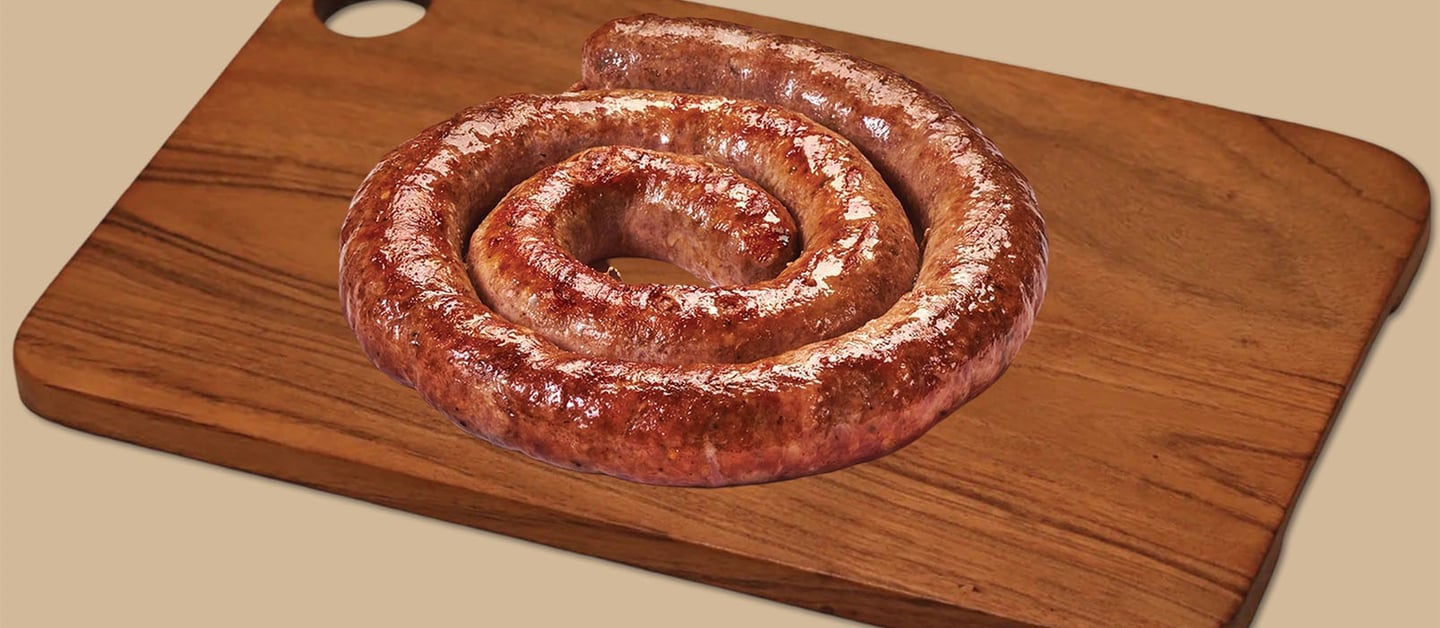

5. Medisterpølse: The Traditional Christmas Sausage
No Christmas meal is complete without medisterpølse—a thick, spiced pork sausage that's pan-fried to golden perfection. Served alongside rødkål (pickled red cabbage) and boiled potatoes, it's a dish that speaks to Denmark's agricultural roots and love for hearty, satisfying food.
My father, who grew up on a farm, would always share stories about how these sausages were once made during community gatherings, a testament to the collaborative spirit of Danish rural life.
Recipe:
Ingredients:
1 lb ground pork
1/4 cup cream
1 tsp salt
1/2 tsp ground pepper
1/4 tsp ground allspice
Butter for frying
Instructions:
Mix ground pork with cream and spices
Form into thick sausages
Fry in butter until golden brown on all sides
Serve with pickled red cabbage and boiled potatoes
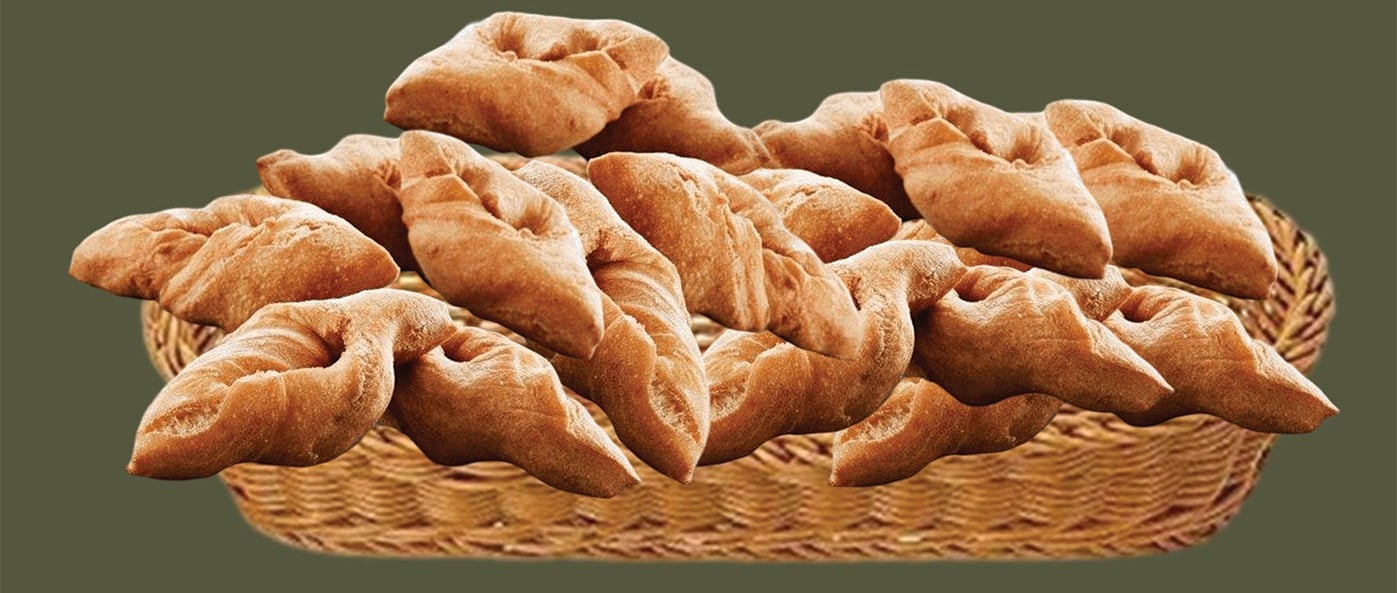

7. Klejner: Twisted Christmas Cookies
Klejner are traditional Danish Christmas cookies—diamond-shaped, deep-fried delicacies that have been part of our holiday repertoire for generations. Twisted and fried until golden, then sprinkled with powdered sugar, they're a sweet representation of Danish baking tradition.
Making klejner was always a family activity. We'd gather in the kitchen, rolling out the dough, cutting intricate shapes, and carefully frying each cookie. The process was as important as the result, filling our home with laughter and the sweet aroma of vanilla and butter.
Recipe:
Ingredients:
3 cups flour
1/2 cup sugar
2 eggs
1/4 cup butter, softened
1 tsp vanilla extract
Oil for deep frying
Powdered sugar for dusting
Instructions:
Mix flour, sugar, eggs, butter, and vanilla
Roll out dough thin
Cut into diamond shapes
Make a small slit in the center
Pull one end through the slit to create a twist
Deep fry until golden brown
Drain on paper towels
Dust generously with powdered sugar
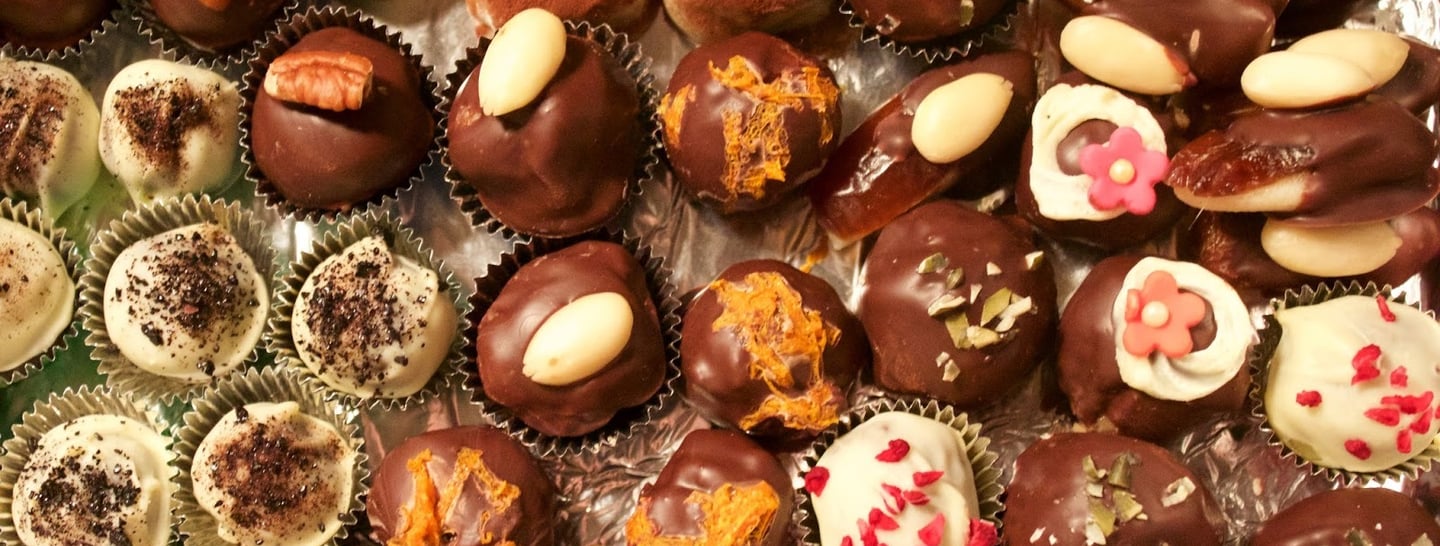

8. Hjemmelavede Konfekt: Homemade Chocolates
In the weeks leading up to Christmas, our kitchen transforms into a chocolate workshop. Hjemmelavede konfekt (homemade chocolates) are a labor of love—truffles, marzipan balls, and chocolate-covered treats that showcase creativity and culinary skill.
My siblings and I would help our parents, learning the delicate art of tempering chocolate, filling molds, and decorating each piece. These weren't just sweets; they were edible gifts that represented care, time, and personal connection.
There are hundreds of different recipes, here is one of them.
Recipe: Marzipan Logs
Ingredients:
200 g Marzipan
100 g Soft nougat
1 tablespoon finely grated orange peel (unpeeled)
1 tablespoon Freshly squeezed orange juice
1 tablespoon orange liqueur, e.g. grand marnier
100 g Dark chocolate
Decoration
Soft nougat - melted
Chopped green unsalted pistachios
Finely grated orange peel (unsprayed)
Instructions:
Roll out the marzipan, between two pieces of baking paper, into a square (approx. 15 x 30 cm.).
Softly stir the nougat in a bowl and add the orange peel, juice and liqueur. Stir it all together and taste.
Spread the nougat mixture on the marzipan and roll it tightly into a long roll. Divide the roll into 3 equal pieces and refrigerate them, covered, for approx. ½ hour.
Coarsely chop the chocolate and melt it in a bowl over a water bath.
Pour the melted chocolate into a plate and roll each marzipan roll in the chocolate, also cover the ends of the rolls with chocolate. Let the confection harden at room temperature.
Decoration:
Put the melted nougat in a piping bag.
Decorate the rolls with strips of nougat and sprinkle with pistachio nuts and orange peel.
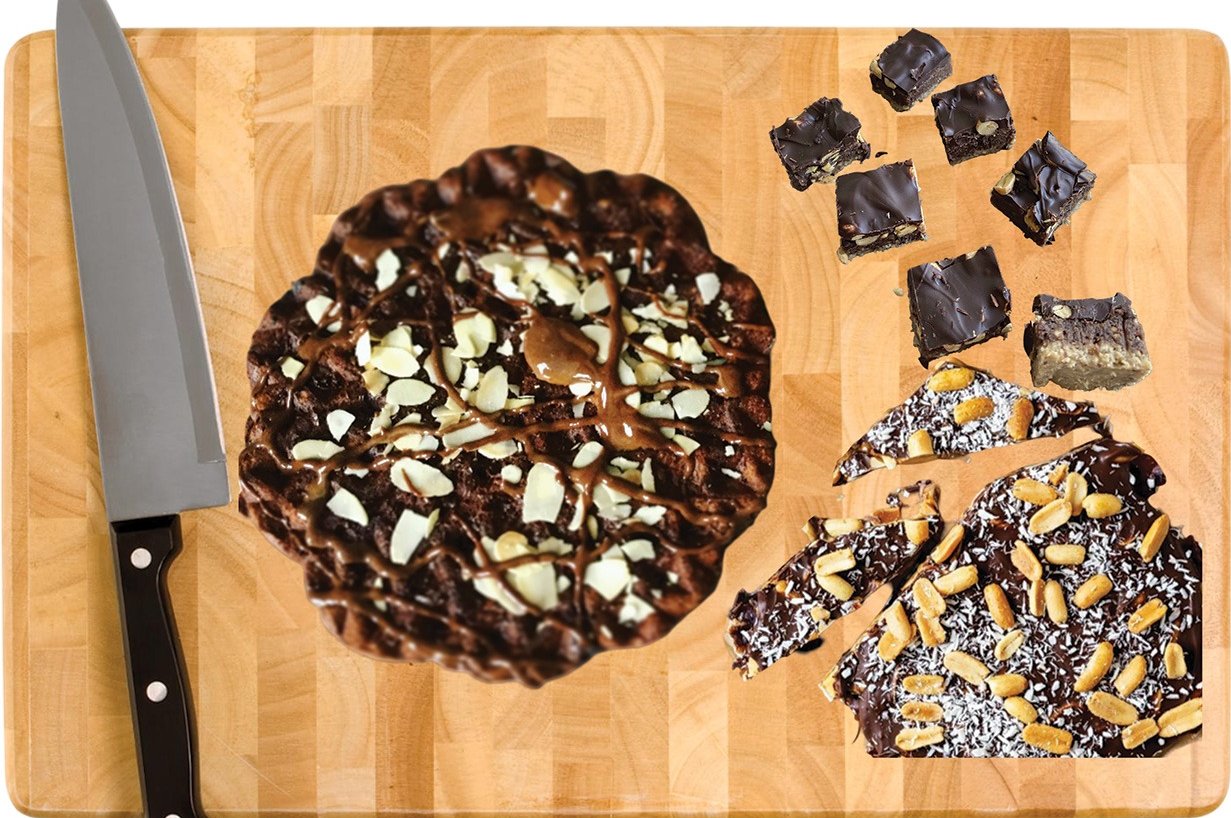

9. Juleknas: Christmas Snack Mix
Juleknas represents the snacking side of Danish Christmas. Unlike American trail mix, this Danish version includes a mix of roasted nuts, chocolate-covered treats, and sometimes homemade caramel pieces. It's perfect for munching during hygge evenings spent decorating the Christmas tree or playing board games.
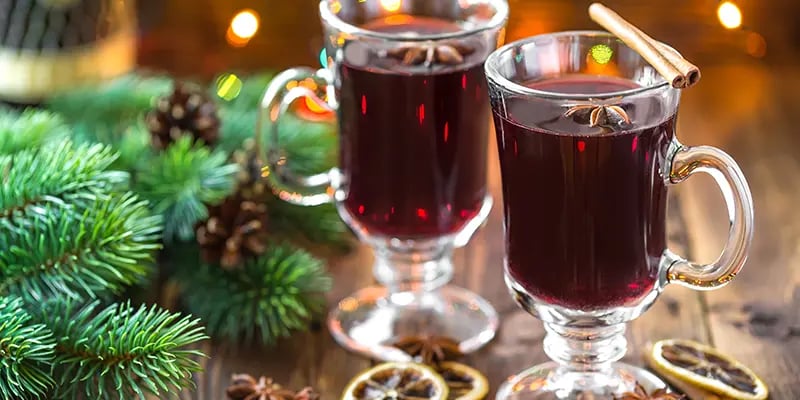

10. Glögg: The Warming Christmas Drink
No Danish Christmas is complete without glögg—a warm, spiced wine that brings instant comfort. Served hot, typically with almonds and raisins, it's the quintessential drink for cold December evenings. My family's recipe, passed down through generations, includes a splash of brandy and a carefully curated blend of cinnamon, cardamom, and cloves.
Recipe: Glögg (Mulled Wine)
Ingredients:
1 bottle red wine
1/2 cup brandy
1/4 cup sugar
2 cinnamon sticks
4-5 whole cloves
2 cardamom pods
Sliced almonds
Raisins
Instructions:
Combine wine, brandy, and spices in a pot
Heat gently (do not boil)
Strain and sweeten to taste
Serve hot with almonds and raisins


The Heart of Danish Christmas: Hygge and Tradition
Beyond these ten dishes, what truly defines a Danish Christmas is hygge—that untranslatable feeling of coziness, warmth, and contentment. It's about creating an atmosphere of comfort, whether we're decorating the Christmas tree together, sharing stories, or enjoying these traditional meals.
Our tree, adorned with a mix of handmade and inherited ornaments, stands as a centerpiece of our home. Each decoration tells a story—some inherited from grandparents, some crafted by children over the years. Decorating it is a ritual that marks the true beginning of our Christmas celebrations.
As I write this, looking at the twinkling lights and feeling the warmth of memories, I'm reminded that Danish Christmas isn't just about the food. It's about connection, about continuing traditions, and about creating hygge in its most authentic form.
Glædelig jul (Merry Christmas), from my Copenhagen home to yours.
Welcome to my world of creative expression! Based in the heart of Copenhagen but reaching customers worldwide, I bring over 500 unique designs to life on t-shirts, hoodies, mugs, and more. Passionate about graphic design, I combine Nordic inspiration with global appeal to offer stylish, high-quality merchandise through Shopify/Printify and Teepublic. Whether you’re looking for a cozy sweatshirt or a personalized Coffee Mug, each product is crafted to make everyday moments extraordinary.
Explore, express, and enjoy!
Advertisment for our Merchndise Shop


